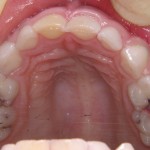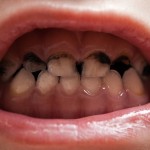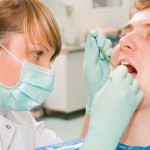
This review of the survival of atraumatic restorative treatment (ART) in both permanent and primary teeth, when performed in conventional dental clinics and field settings included 34 studies. The findings suggest similar survival rates in both clinica and field settings but the quality of the evidence is low.
[read the full story...]





